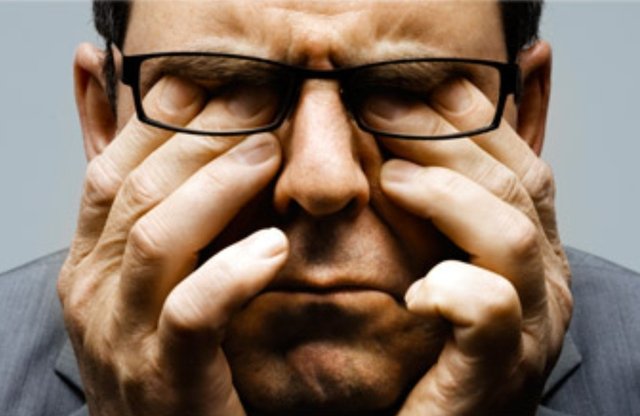Sleep disorders !
There are several types of sleep disorders. The most common sleep disorders include:
Bruxism :- involuntarily grinding or clenching of the teeth while sleeping.
Catathrenia, nocturnal groaning during prolonged exhalation.
Delayed sleep phase disorder which is inability to awaken and fall asleep at socially acceptable times but no problem with sleep maintenance, a disorder of circadian rhythms. Other such disorders are advanced sleep phase disorder which is non-24-hour sleep–wake disorder (non-24) in the sighted or in the blind, and irregular sleep wake rhythm, all much less common than DSPD, as well as the situational shift work sleep disorder.
Hypopnea syndrome, abnormally shallow breathing or slow respiratory rate while sleeping.
Idiopathic hypersomnia, a primary, neurologic cause of long-sleeping, sharing many similarities with narcolepsy.
Insomnia disorder (primary insomnia), chronic difficulty in falling asleep and/or maintaining sleep when no other cause is found for these symptoms. Insomnia can also be comorbid with or secondary to other disorders.
Kleine–Levin syndrome, a rare disorder characterized by persistent episodic hypersomnia and cognitive or mood changes.
Narcolepsy, including excessive daytime sleepiness (EDS), often culminating in falling asleep spontaneously but unwillingly at inappropriate times. About 70% of those who have narcolepsy also have cataplexy, a sudden weakness in the motor muscles that can result in collapse to the floor while retaining full conscious awareness.
Night terror, Pavor nocturnus, sleep terror disorder, an abrupt awakening from sleep with behavior consistent with terror.octuria, a frequent need to get up and urinate at night. It differs from enuresis, or bed-wetting, in which the person does not arouse from sleep, but the bladder nevertheless empties.
Parasomnias, disruptive sleep-related events involving inappropriate actions during sleep, for example sleep walking, night-terrors and catathrenia.
Periodic limb movement disorder (PLMD), sudden involuntary movement of arms and/or legs during sleep, for example kicking the legs. Also known as nocturnal myoclonus. See also Hypnic jerk, which is not a disorder.
Rapid eye movement sleep behavior disorder (RBD), acting out violent or dramatic dreams while in REM sleep, sometimes injuring bed partner or self (REM sleep disorder or RSD).
Restless legs syndrome (RLS), an irresistible urge to move legs. RLS sufferers often also have PLMD.
Shift work sleep disorder (SWSD), a situational circadian rhythm sleep disorder. (Jet lag was previously included as a situational circadian rhythm sleep disorder, but it doesn't appear in DSM-5 (see Diagnostic and Statistical Manual of Mental Disorders)).
Sleep apnea, obstructive sleep apnea, obstruction of the airway during sleep, causing lack of sufficient deep sleep, often accompanied by snoring. Other forms of sleep apnea are less common.[8] Obstructive sleep apnea (OSA) is a medical disorder that is caused by repetitive collapse of the upper airway (back of the throat) during sleep. For the purposes of sleep studies, episodes of full upper airway collapse for at least ten seconds are called apneas
Sleep paralysis, characterized by temporary paralysis of the body shortly before or after sleep. Sleep paralysis may be accompanied by visual, auditory or tactile hallucinations. Not a disorder unless severe. Often seen as part of narcolepsy.
Sleepwalking or somnambulism, engaging in activities normally associated with wakefulness (such as eating or dressing), which may include walking, without the conscious knowledge of the subject.
Somniphobia, one cause of sleep deprivation, a dread/ fear of falling asleep or going to bed. Signs of the illness include anxiety and panic attacks before and during attempts to sleep.